Lifeline Tubeless Tyre Sealant is latex-based with DuPont Kevlar additives and one of the cheapest options among the best tubeless sealants. Boasting the ability to seal punctures up to 5mm, and our standard test replicating just that, does it perform as Lifeline claims?
- Halo Fibre-Tech Tubeless Sealant review
- Muc-Off Tubeless Sealant review
- Peatys Holeshot Biofibre tubeless sealant review
Lifeline Tubeless Tyre Sealant – Technical details
The sealant solution has a viscosity (and particles) with many similarities to other popular options, such as Stans No Tubes. With a white, liquid consistency the solution contains DuPont Kevlar additives.
Lifeline sealant is available in four sizes ranging from an 80ml up to a 946ml bottle. Both smaller bottles feature a Presta valve removal tool and a nozzle size that is designed to fit directly onto the Presta valve. This is a nice touch for those who enjoy longer rides or bikepacking adventures.
Recommended quantities are 60-80ml for road wheels up to 38mm, and 100-150ml for wider mountain bike tyres, with 150ml being suggested for 4in fat-bike tyres. For the 650b x 47mm tyre, the sealant was poured directly into the carcass, and not through the Presta valve (80ml of sealant was used). No pressure guidelines are given but Lifeline does suggest it can be used for road and mountain bikes.
Lifeline Tubeless Tyre Sealant – Performance
To test sealant performance, we created a standardised puncture test to assess each contender.
The same tyre on the same rim for each sealant. The tyre used was a Halo GXC, measuring 47mm. Tyre sealant was added in the amount suggested by the manufacturer, and the tyre was inflated to 40psi. This pressure was chosen to give a realistic tyre pressure for all areas of off-road riding. A digital tyre pressure gauge was used to ensure that the pressure was identical on each test. After that, the tyre was rotated sufficiently to ensure that it was distributed evenly throughout the tyre.
The tyres were all punctured by driving a 3mm nail through the carcass. The wheel was rotated to assess if the sealant had successfully sealed the hole. If the sealant worked, the test was repeated using a 5mm diameter nail, and if successful on the larger hole the remaining air pressure was measured with a digital pressure gauge and the result was recorded.
Lifeline sealant had an average performance during the puncture tests with success in sealing the smaller 3mm sized puncture, but a significant amount of spray and air was lost on the larger puncture, with 34psi of air pressure remaining.
The sealant remained liquid for several months with no patches or dried spots, and the particles within the sealant were still visible and well separated.
Lifeline Tubeless Tyre Sealant – Verdict
Lifeline Tubeless Tyre Sealant is available in four options: 80ml to 946ml, which is a decent spread. All bottle sizes offer good value compared to other brands, with the 80ml retailing for £5, 150ml for £10, 500ml for £15 and the largest 956ml at £23. Only the e*thirteen tire plasma tubeless sealant comes in cheaper with the largest 1-litre bottle costing £18.
While Lifeline sealant offers good value, the puncture protection performance is average when matched against the other sealants we tested. With the best-performing options coming in the form of the £25 WTB TCS and £30 Peaty’s Holeshot, the extra money these options fetch is a worthwhile investment in our opinion.



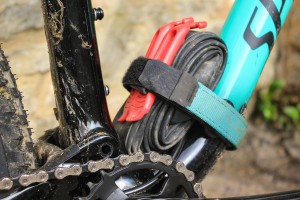
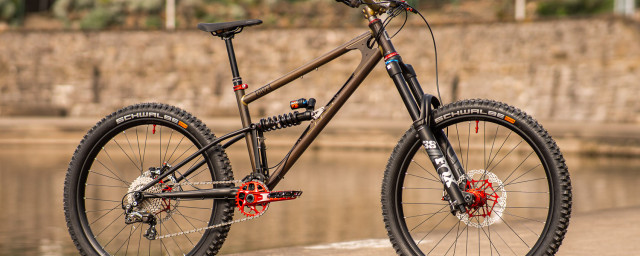
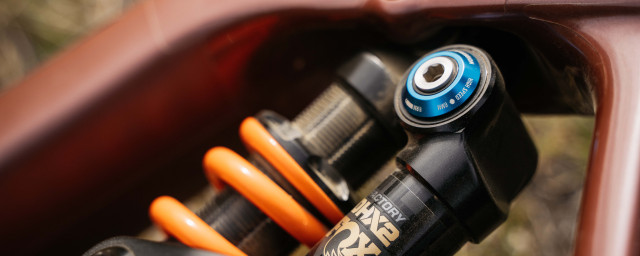




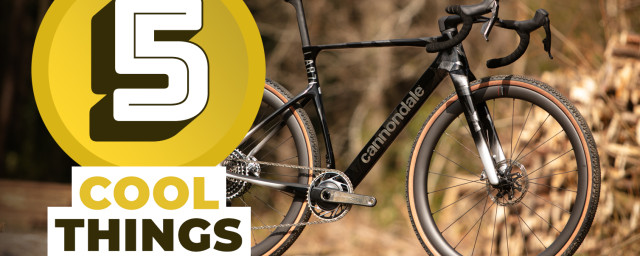
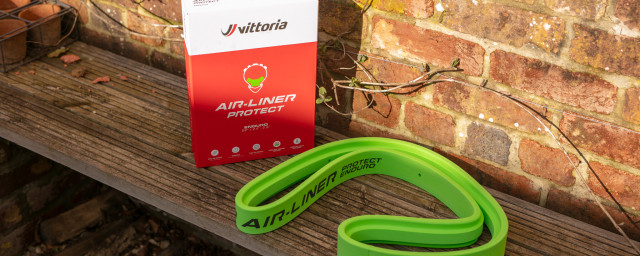
Add comment